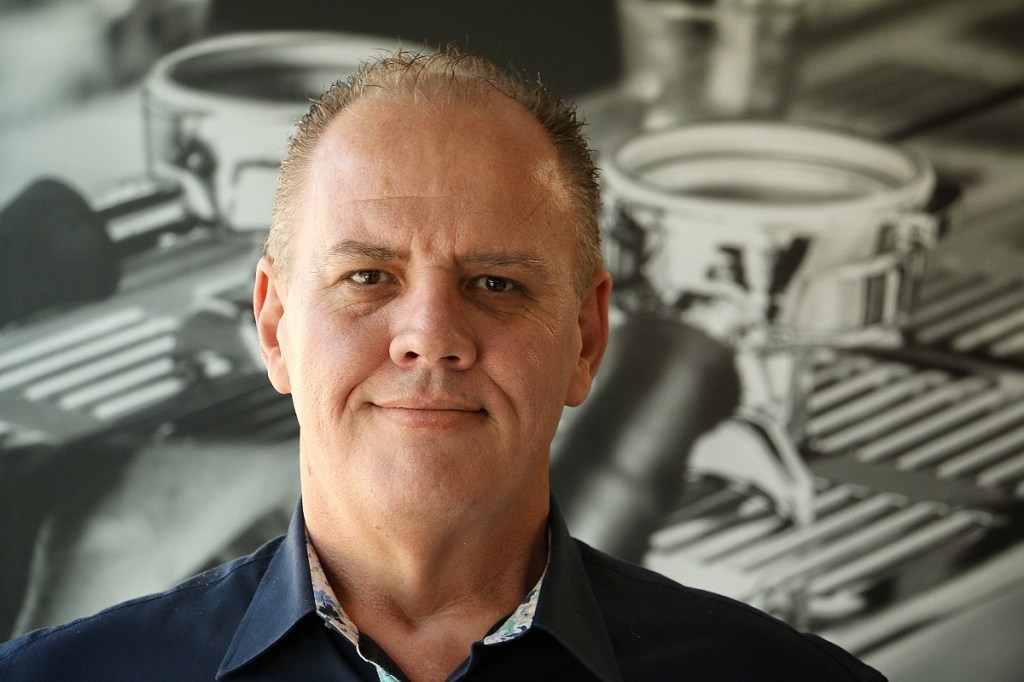Darren Park, CEO, United Convenience Buyers, offers an opinion on how convenience operators can manage their success for today and into the future.
Not a week goes by where I don’t take a call or email from c-store retailers asking about the future of our Industry. And the hot topic is nearly always electric vehicles or EVs for short.
For someone who has been in and around our industry for 30 years, I do get a lot of questions about what the future is going to be like. It also means disappointing a lot of people when I tell them, “I don’t know”.
Not only do I not know, but I also don’t even pretend to know. I can guess, I can research and see what the current state of technology is here, and what’s happening in other markets globally but honestly, if I could see into the future with clarity, I’d be looking for lotto numbers.
When I write like I am now, I’m not writing to an audience 30 years from now, I’m writing to an audience of today. And in many cases, it’s not the future people are looking for, it’s really about seeking comfort. Is my convenience business safe? Will we stop selling petroleum products in the next few years? I really want to invest in improving my site, do you think I should?
And while I can’t see the future, I see my role as contributing towards us both being ready for what it could look like and managing for the now.
When we talk about EVs, it’s the now that I’d like to share an opinion* on.
The reality is that Australians will be driving internal combustion engine (ICE) vehicles for quite some time. EV penetration is very low in Australia at less than two per cent of sales. It would take significant financial support from governments in the way of legislation or incentives, for that to change with pace. And as I write, many Australians remain unconvinced by EVs, quoting range and recharge times as barriers to purchase, along with cost.
Now here’s a fun fact, Norway is about five per cent the size of Australia, with around five million fewer people. But people will quote Norway as an example of how quickly EVs can be rolled out – Norway is a classic example of significant investment from government, driving adoption.
Then we talk about charging stations. To cover the whole 7.692 million square kilometres we have in Australia, the Electric Vehicle Council in its State of Electric Vehicles 2021 report estimated we have only 3,000 public chargers currently.
Now, here’s the statistic that really blows my mind. Australia has some 20 million cars on the road. There’s an emerging rule of thumb, which states that markets will need one EV charger for each 15 vehicles on the road. Let’s do the math, 20 million cars and one charger for every 15 vehicles… that’s 1.3 million chargers. Who’s paying for that and when? In our transformation to electrically powered transportation, could it be that we should be focusing less on EVs and more on the infrastructure that will recharge them?
While we talk about EVs today, there are so many alternate fuels like hydrogen, biomass and even plant based oils that are in use worldwide. We are entering a new world where our human intelligence and concern for our planet’s health, is inspiring new approaches. It’s a great time to be in our industry.
In closing, what I do know about now is that our industry continues to grow. We are seeing innovation in site layouts every day, where our common goal of serving more people, fast and solving their missions is what brings shoppers to us. Let’s be the best we can be today at what we do. Do that and keep your eye on the future like I do, and we’ll find ourselves a role in shoppers’ lives for a long time to come.
*PS. My legal team needs you to know this is an opinion, not financial advice.
This article was written by Darren Park, CEO, United Convenience Buyers, for the October/November issue of C&I Retailing magazine.
To stay up to date on the latest industry headlines, sign up to the C&I e-newsletter.

